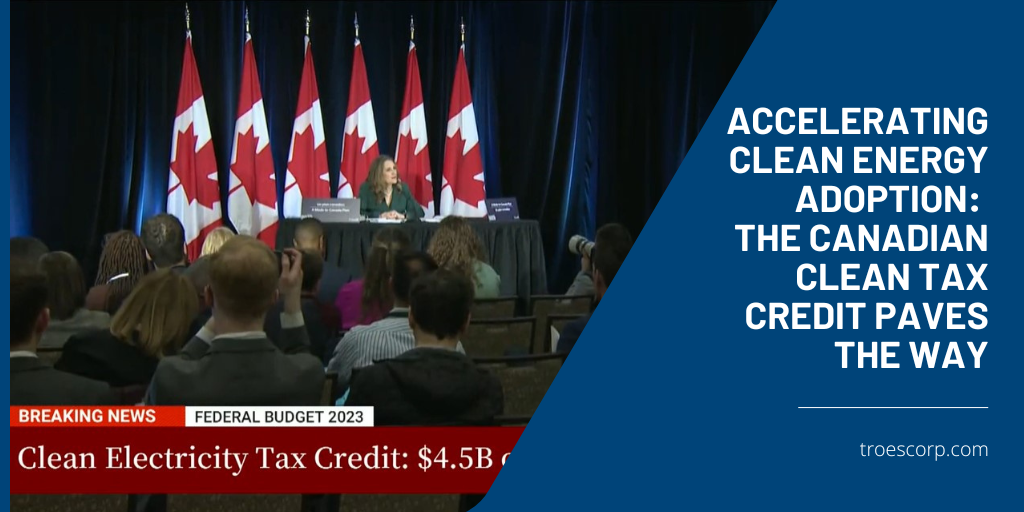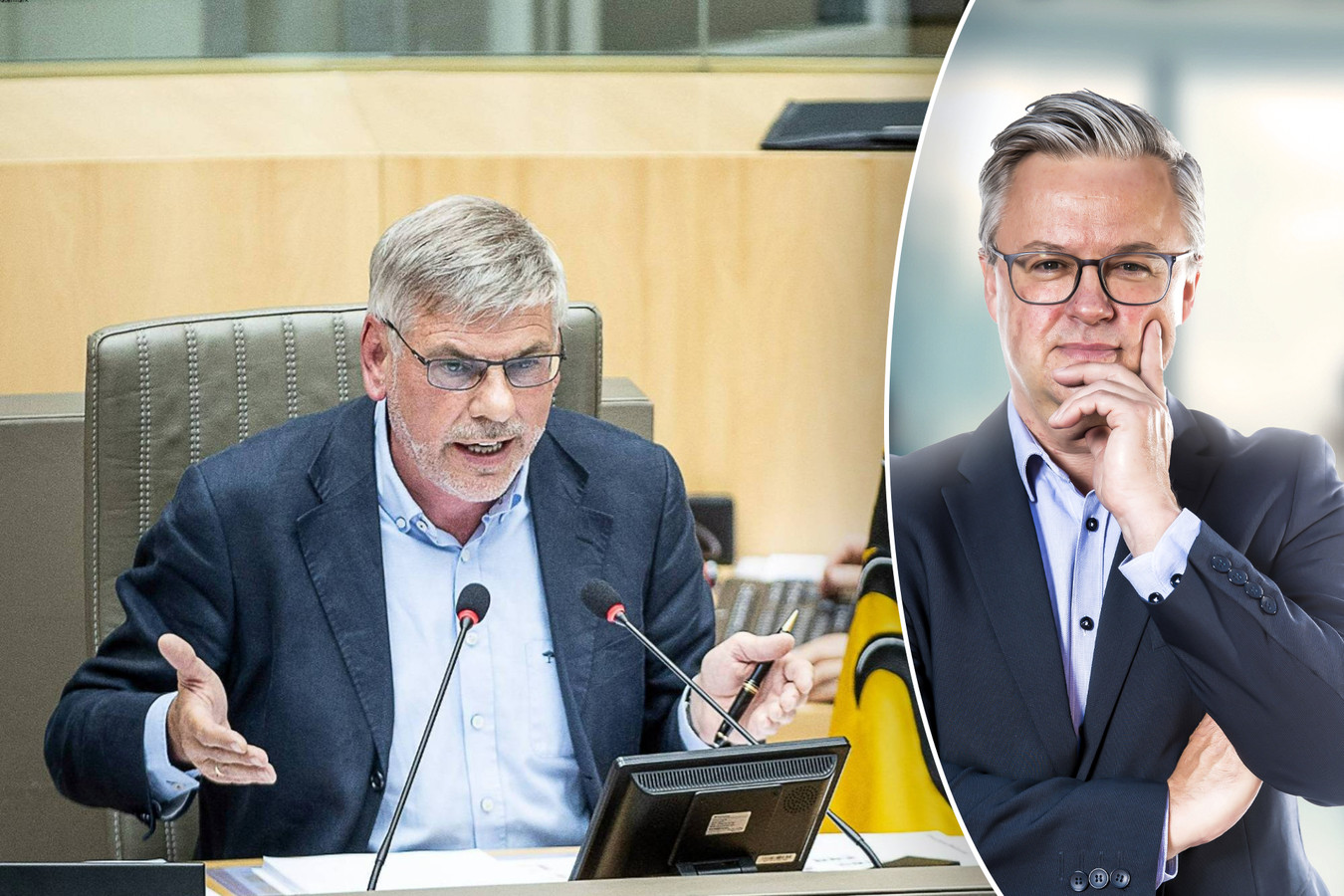Obstacles To Clean Energy Adoption: A Comprehensive Overview

Table of Contents
High Initial Costs and Investment Barriers
The transition to clean energy faces significant headwinds due to high upfront costs and investment barriers. These costs, when compared to established fossil fuel infrastructure, present a considerable challenge for both individuals and large-scale projects.
Economic Factors
- High installation costs: Solar panels, wind turbines, and other renewable energy technologies often require substantial initial investments for installation and setup. This can be particularly prohibitive for homeowners and small businesses.
- Lack of accessible financing options: Securing financing for clean energy projects can be difficult, especially for smaller-scale installations. Traditional lending institutions may be hesitant to provide loans due to perceived risks or lack of understanding of the long-term return on investment (ROI).
- Return on Investment (ROI) uncertainties: The ROI for clean energy projects can be less predictable than for fossil fuel investments, particularly in the short term. This uncertainty can deter potential investors.
Government incentives, such as tax credits, subsidies, and loan programs, play a crucial role in mitigating these economic barriers. These programs help lower the initial cost of clean energy technologies, making them more accessible to a wider range of consumers and businesses. However, the availability and effectiveness of these incentives vary significantly across different regions and countries. Further development and expansion of such programs are vital for accelerating clean energy adoption.
Technological Challenges
Current clean energy technologies still face technological hurdles that limit their widespread deployment.
- Intermittency of solar and wind power: Solar and wind power are intermittent sources, meaning their output fluctuates depending on weather conditions. This intermittency necessitates reliable energy storage solutions or backup power sources to ensure a consistent energy supply.
- Energy storage limitations: Cost-effective and efficient energy storage remains a significant technological challenge. Current battery technologies are often expensive, have limited lifespan, and may not be scalable to meet the demands of large-scale renewable energy integration.
- Technological advancements needed for improved efficiency and scalability: Ongoing research and development are crucial to improve the efficiency and scalability of clean energy technologies. Advancements in materials science, energy storage, and smart grid technologies are vital for driving down costs and improving performance.
Research and development efforts worldwide are focused on overcoming these limitations. Innovations in battery technology, smart grids, and advanced materials promise to enhance the reliability, efficiency, and cost-effectiveness of renewable energy systems.
Infrastructure Limitations and Grid Integration
The successful integration of renewable energy sources requires significant upgrades to existing electricity grids and infrastructure.
Grid Modernization
- Lack of smart grid infrastructure: Many existing electricity grids are not equipped to handle the fluctuating nature of renewable energy sources. Smart grid technologies, which enable real-time monitoring and control of energy flow, are essential for optimizing grid stability and integrating intermittent renewable energy.
- Transmission line constraints: The transmission lines that transport electricity from generation sources to consumers may not have the capacity to handle the increased influx of renewable energy from geographically dispersed locations. Upgrading and expanding transmission infrastructure is crucial.
- Integrating intermittent renewable energy sources into the grid reliably: The variability of renewable energy sources poses a significant challenge for grid operators. Sophisticated grid management systems and energy storage solutions are necessary to maintain grid stability and reliability.
Smart grid technologies, including advanced metering infrastructure (AMI), distributed generation management systems, and demand-side management tools, are critical for optimizing energy distribution, minimizing waste, and integrating renewable energy sources effectively. Investing in smart grid modernization is essential for a successful transition to a clean energy future.
Geographical Constraints
The viability of certain clean energy technologies is often limited by geographical factors.
- Wind resource availability: The effectiveness of wind power generation depends on consistent and strong wind resources. Not all areas are equally suitable for wind farms.
- Solar irradiance levels: Solar power generation relies on sufficient sunlight. Areas with consistently high levels of solar irradiance are ideal for large-scale solar farms.
- Suitable locations for large-scale renewable energy projects: The siting of large-scale renewable energy projects requires careful consideration of environmental impacts, land use, and community acceptance.
Overcoming geographical limitations requires exploring alternative solutions like offshore wind farms, which can access stronger and more consistent wind resources, and distributed generation systems, which allow for smaller-scale renewable energy installations in various locations.
Policy and Regulatory Hurdles
Supportive policies and regulations are crucial for driving clean energy adoption. However, a lack of consistent policies, regulatory uncertainty, and political opposition create significant hurdles.
Government Policies and Regulations
- Lack of consistent or supportive government policies: Inconsistent or insufficient government policies can create uncertainty for investors and developers, hindering investment in clean energy projects.
- Regulatory uncertainty: Complex and ever-changing regulations can increase the cost and time required to develop and deploy clean energy projects.
- Permitting delays for renewable energy projects: Lengthy permitting processes can significantly delay the implementation of renewable energy projects, increasing costs and reducing investor confidence.
Effective policies, such as carbon pricing mechanisms, renewable portfolio standards (RPS), and feed-in tariffs, can significantly accelerate clean energy adoption by creating a level playing field and incentivizing investment in renewable energy. Consistent and supportive government policies are essential to reducing regulatory uncertainty and streamlining the permitting process.
Political Opposition and Lobbying
Powerful lobbying efforts by fossil fuel industries and political opposition to clean energy initiatives create significant barriers to progress.
- Resistance to carbon pricing: The implementation of carbon pricing mechanisms, such as carbon taxes or cap-and-trade systems, often faces strong opposition from industries reliant on fossil fuels.
- Opposition to renewable energy subsidies: Subsidies and incentives for renewable energy are often targeted by opponents who argue they unfairly disadvantage fossil fuel industries.
- Misinformation campaigns: Disinformation campaigns aimed at undermining public support for clean energy initiatives create confusion and hinder progress.
Overcoming political resistance requires building broad public support for clean energy policies through effective communication, education, and engagement with communities. Countering misinformation and highlighting the economic and environmental benefits of clean energy are vital strategies.
Public Perception and Acceptance
Public perception and acceptance of clean energy technologies are critical for successful adoption.
Public Awareness and Education
- Misconceptions about renewable energy: Many misconceptions about the cost, reliability, and environmental impacts of renewable energy technologies persist in the public.
- Lack of public understanding of environmental benefits: The public may not fully grasp the long-term environmental benefits of transitioning to clean energy sources.
- Fear of negative impacts (visual impact of wind turbines): Concerns about the visual impact of wind turbines or the land use requirements of solar farms can lead to local opposition to renewable energy projects.
Effective communication strategies and public education programs are essential to address these misconceptions, highlight the benefits of clean energy, and foster public acceptance.
Social Acceptance and Community Engagement
- NIMBYism (Not In My Backyard): Local opposition to renewable energy projects, often fueled by concerns about visual impacts, property values, or potential environmental consequences, is a major obstacle.
- Concerns about land use and environmental impacts: Careful consideration of land use and potential environmental impacts is crucial for securing community support for renewable energy projects.
- Lack of community participation in project development: Involving local communities in the planning and development of renewable energy projects can help address concerns and foster acceptance.
Successful community engagement requires transparent communication, addressing local concerns proactively, and ensuring that community benefits are maximized. Examples of successful community engagement in clean energy projects demonstrate the importance of collaboration and shared decision-making.
Conclusion
Addressing the obstacles to clean energy adoption requires a multifaceted approach. The interconnectedness of economic, technological, political, and social factors necessitates collaborative efforts from governments, industry, researchers, and the public. High initial costs, technological limitations, inadequate infrastructure, restrictive policies, and public resistance all hinder the transition to a sustainable energy future. Overcoming these obstacles demands innovation in technology, supportive policies, transparent communication, and effective community engagement. By understanding these challenges and supporting initiatives that promote sustainable energy solutions, we can accelerate the transition to a cleaner and more sustainable future. Let's work together to overcome the obstacles to clean energy adoption and embrace a brighter, cleaner energy future.

Featured Posts
-
 Athena Calderones Roman Milestone Celebration Details And Design
May 21, 2025
Athena Calderones Roman Milestone Celebration Details And Design
May 21, 2025 -
 Wife Of Ex Tory Councillor Challenges Racial Hatred Conviction
May 21, 2025
Wife Of Ex Tory Councillor Challenges Racial Hatred Conviction
May 21, 2025 -
 The Truth About David Walliams Exit From Britains Got Talent
May 21, 2025
The Truth About David Walliams Exit From Britains Got Talent
May 21, 2025 -
 The Crumbling College Town Economy How Enrollment Drops Impact Local Businesses
May 21, 2025
The Crumbling College Town Economy How Enrollment Drops Impact Local Businesses
May 21, 2025 -
 Abn Amro Rapport De Kwetsbaarheid Van De Voedingssector Door Arbeidsmigratie
May 21, 2025
Abn Amro Rapport De Kwetsbaarheid Van De Voedingssector Door Arbeidsmigratie
May 21, 2025
Latest Posts
-
 Wintry Mix Of Rain And Snow Impacts And Safety Precautions
May 21, 2025
Wintry Mix Of Rain And Snow Impacts And Safety Precautions
May 21, 2025 -
 Driving Safely During A Wintry Mix Of Rain And Snow
May 21, 2025
Driving Safely During A Wintry Mix Of Rain And Snow
May 21, 2025 -
 Investing In Big Bear Ai A Practical Guide Based On Motley Fool Insights
May 21, 2025
Investing In Big Bear Ai A Practical Guide Based On Motley Fool Insights
May 21, 2025 -
 Big Bear Ai Stock Current Market Analysis And Investment Potential
May 21, 2025
Big Bear Ai Stock Current Market Analysis And Investment Potential
May 21, 2025 -
 Big Bear Ai To Buy Or Not To Buy An In Depth Stock Evaluation
May 21, 2025
Big Bear Ai To Buy Or Not To Buy An In Depth Stock Evaluation
May 21, 2025
